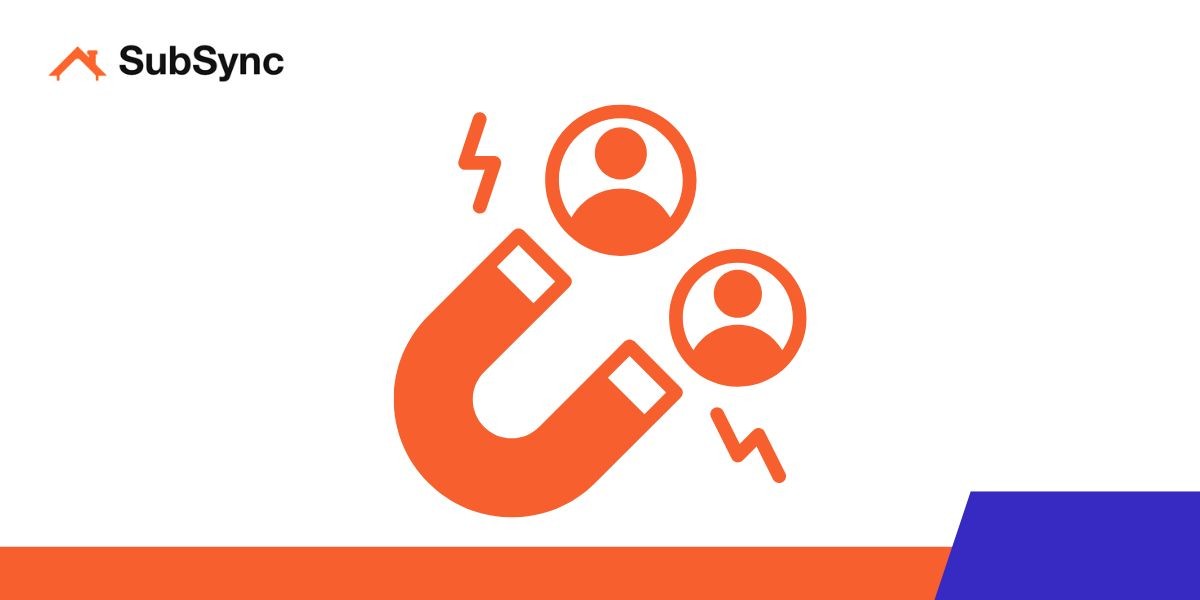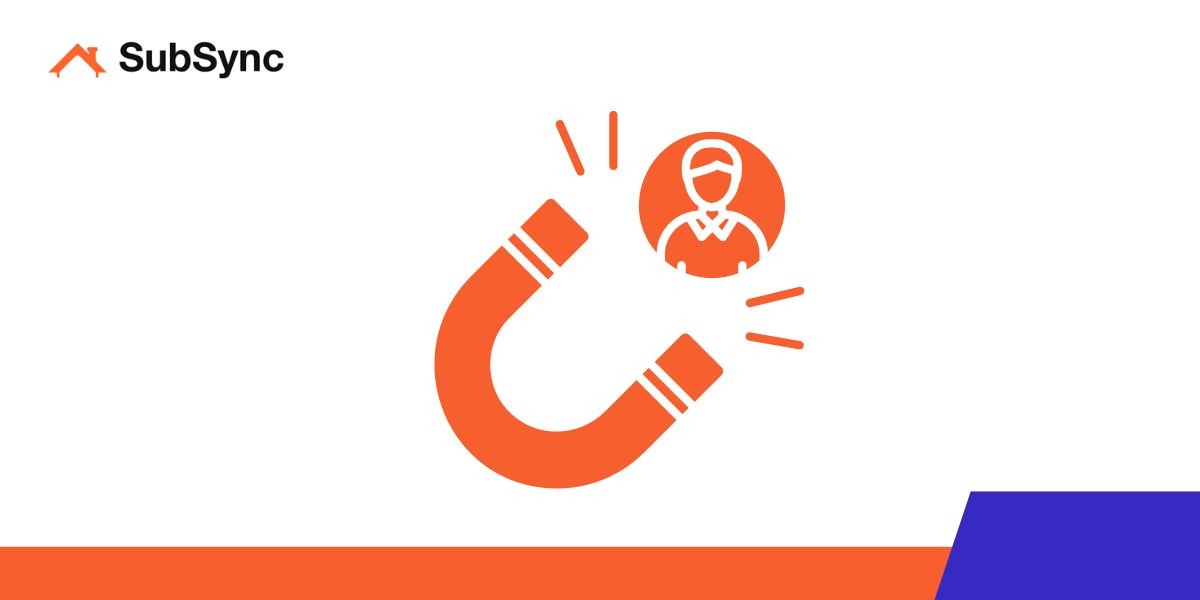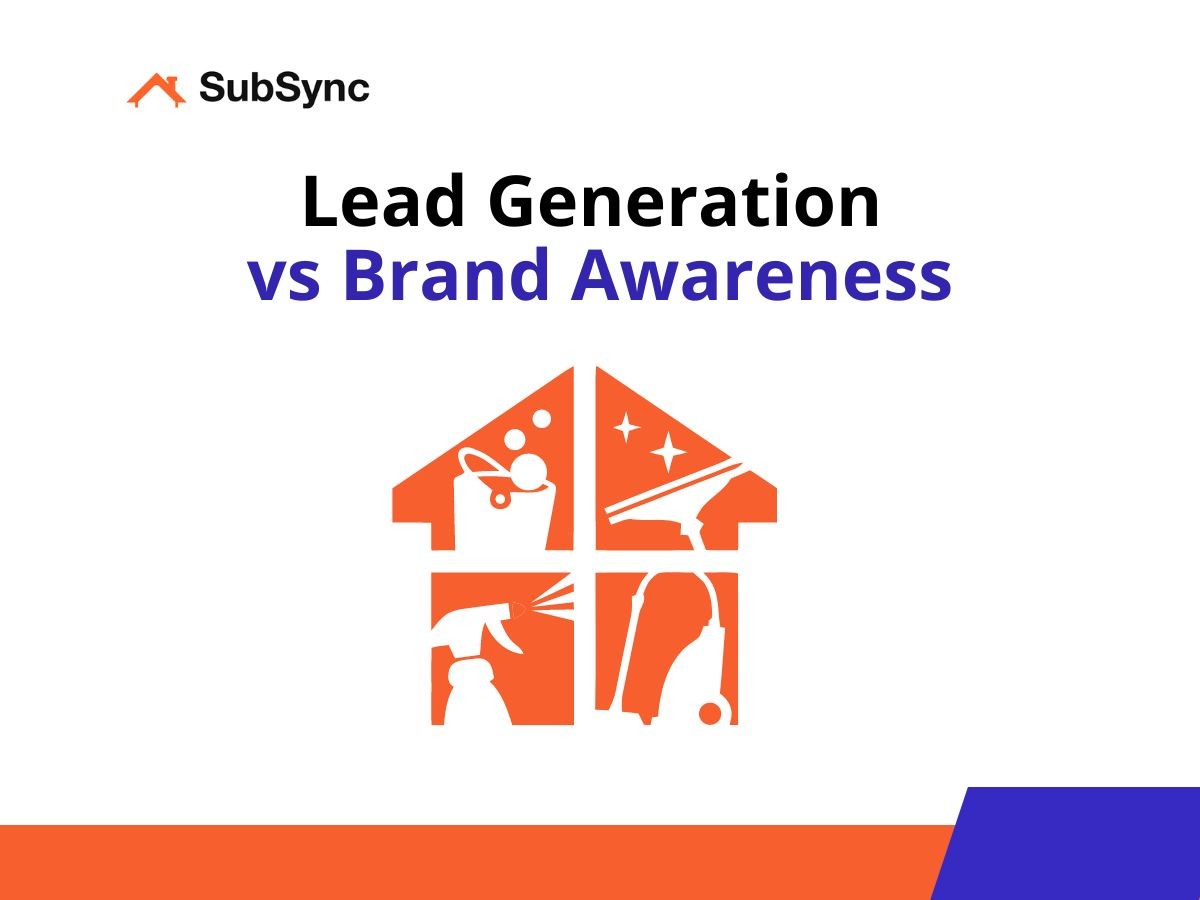Lead Generation vs Brand Awareness - Are they the same? [2024]
Sep 9, 2024
In this article, we will explore the main differences and distinct qualities of brand awareness and lead generation. Read on to learn more.

What is Lead Generation?
Lead generation is the process of attracting potential customers and capturing their contact information. Companies use it to find prospects interested in their product or service, often aiming for direct sales.
Example: A software company like HubSpot might offer a free eBook on marketing strategies in exchange for an email address. This captures potential leads who are interested in learning more.
Unique Characteristics of Lead Generation
Here are some of the distinct qualities of lead generation:
Direct Engagement: Lead generation focuses on actively reaching out to potential customers with the intent to convert them.
Targeted Approach: Companies typically aim at specific audiences based on demographics or interests.
Tangible Results: The success of lead generation is often measured by the number of leads captured, like emails or phone numbers.
Short-term Goals: Lead generation is often used to achieve immediate results, like setting up sales meetings or product demos.

What is Brand Awareness?
Brand awareness is about making sure people know your brand exists. It focuses on getting your company in front of as many people as possible, aiming to build long-term recognition.
Example: Nike’s "Just Do It" campaigns focus on building a connection with their audience. The goal isn’t immediate sales but to make sure everyone recognizes the brand and its values.
Unique Characteristics of Brand Awareness
Here are some of the distinct qualities of brand awareness:
Passive Engagement: The main focus is to get people familiar with your brand without pushing for immediate action.
Broad Audience: Brand awareness campaigns are usually designed to reach as many people as possible.
Long-term Impact: The goal is to build trust and recognition, leading to future sales.
Emotional Connection: These campaigns often focus on connecting with people’s emotions or values to create a lasting impression.

Brand Awareness vs. Lead Generation: What’s the Difference?
Although lead generation and brand awareness are similar, they have unique characteristics and serve different purposes. We will explore these differences below.
1. Audience Focus
Lead Generation: Targets specific people based on their interest in a product or service.
Brand Awareness: Focuses on reaching a large, diverse audience to build familiarity.
2. Call to Action
Lead Generation: Encourages direct actions like filling out a form or scheduling a demo.
Brand Awareness: Has a softer approach, focusing on recognition without a push for immediate action.
3. Short-term vs Long-term
Lead Generation: Aims for quick results, like gathering leads for sales follow-up.
Brand Awareness: Works on building long-term trust and recognition over time.
4. Measurement of Success
Lead Generation: Measured by the number of leads captured or sales opportunities created.
Brand Awareness: Success is gauged by metrics like brand recall or audience reach.
5. Purpose
Lead Generation: Focuses on converting prospects into leads for immediate sales opportunities.
Brand Awareness: Aims to create a lasting image of the brand in consumers’ minds.
6. Messaging Style
Lead Generation: Usually straightforward and action-oriented, like "Sign up now" or "Get a free demo."
Brand Awareness: Tends to be more emotional or value-driven, like “Inspire greatness” or “Feel the power of sport.”
If you enjoyed these articles, you might also like our articles on:







